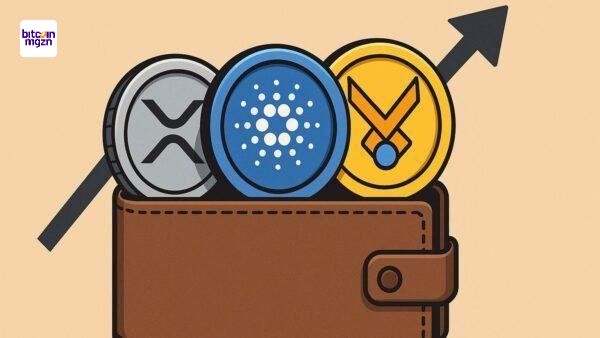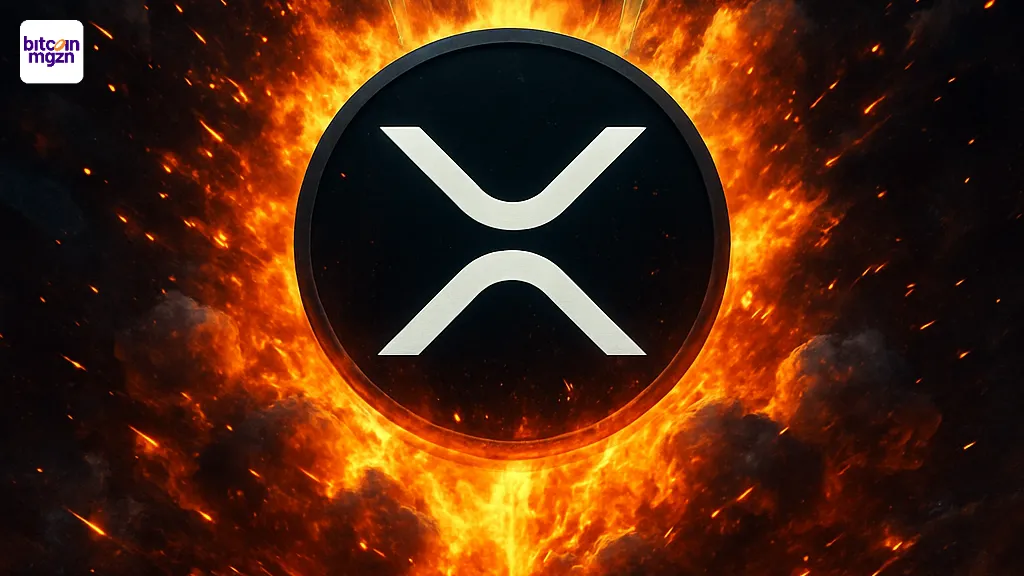Judge Dismisses Yuga Labs Lawsuit, Rules BAYC NFTs Aren’t Securities
A federal judge has dismissed a high-profile lawsuit against Yuga Labs, the company behind Bored Ape Yacht Club (BAYC), ruling that its NFTs do not meet the legal threshold to be considered securities.
Key Takeaways:
- A US judge ruled that BAYC NFTs and ApeCoin do not qualify as securities under the Howey Test.
- The court found no common enterprise or profit expectation linking buyers to Yuga Labs.
- The decision sets a precedent supporting NFTs as digital collectibles rather than investment contracts.
The decision marks a key moment in the ongoing debate over how U.S. securities laws apply to digital collectibles.
Judge Rules BAYC NFTs and ApeCoin Don’t Meet Howey Test Criteria
Judge Fernando M. Olguin ruled that the plaintiffs failed to show how BAYC NFTs, ApeCoin (APE), or other Yuga-linked digital assets satisfy the three-pronged Howey Test, used by the SEC to determine what constitutes an investment contract.
The lawsuit, filed in 2022, alleged that Yuga Labs misled buyers into expecting profits from their NFT purchases.
In his decision, Olguin said the NFTs were marketed as digital collectibles offering exclusive membership benefits, not as profit-seeking investments.
“The fact that defendants promised that NFTs would confer future, as opposed to immediate, consumptive benefits does not alone transmute those benefits from consumptive to investment-like in nature,” he wrote.
The court found that there was no “common enterprise” between buyers and Yuga Labs—an essential component under the Howey Test.
The NFTs were tradable on public blockchains and lacked any ongoing financial arrangement between purchasers and the company.
Legal experts noted the significance of the ruling. “Statements about NFT prices and trade volumes are a somewhat closer call, but even then, these statements by themselves fail to establish an expectation of profit,” Olguin added.
Consensys attorney Bill Hughes pointed out that fees collected by Yuga were independent of NFT pricing, further weakening the plaintiffs’ case.
The court also said that general statements about value or future plans did not equate to promises of profit.
The ruling strengthens the argument that most NFTs, particularly those designed as digital collectibles with access features, do not fall under existing US securities regulations, setting precedent for other ongoing cases in the space.
Nike and StockX Settle NFT Trademark Dispute Ahead of Trial
As reported, Nike and StockX have settled their nearly three-year legal battle over sneaker-linked NFTs, bringing an abrupt end to a closely watched case that could have set new precedent for digital asset and intellectual property law.
The agreement, filed last Friday in New York federal court, cancels a jury trial scheduled for October and dismisses all claims with prejudice.
The lawsuit began in 2022 when Nike accused StockX of trademark infringement over its “Vault” NFTs, which used Nike-branded sneakers.
The conflict intensified when Nike alleged that StockX had sold counterfeit shoes, claims partially upheld in March, when a judge ruled StockX had sold fake Nikes to both investigators and a customer. The settlement spares both parties from further reputational and legal risk.
This development follows Nike’s broader retreat from digital collectibles. The company’s web3 arm, RTFKT, announced it would shut down operations by early 2025, citing a shift to legacy preservation.
The closure has drawn investor backlash, with some alleging they were left holding worthless digital assets after the sudden pivot.
You May Also Like

The CEO as Editor: Jack Dorsey’s Model for Focused Leadership

Beste portfolio constructie voor Q4 crypto bull run: XRP, Cardano en presale HYPER
